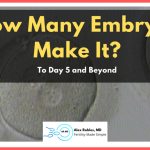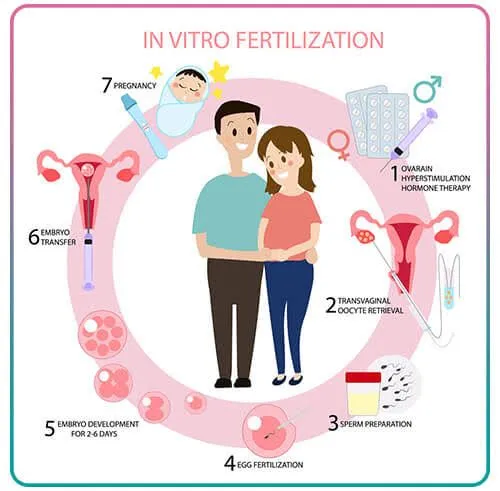
How Much Does One Round of IVF Cost?
April 19, 2025
How Many Eggs Are Fertilized in IVF?
April 19, 2025How Much Is IVF in Illinois? Your Guide to Costs, Coverage, and Options

How Much Is IVF in Illinois? Your Guide to Costs, Coverage, and Options
In vitro fertilization (IVF) can feel like a big, exciting step toward building your family—but it’s also one that comes with a lot of questions. How much will it cost? Can you afford it? What’s covered in Illinois, and what’s not? If you’re in the Prairie State and thinking about IVF, you’re not alone. Tons of people are Googling these exact questions, and I’m here to break it all down for you in a way that’s easy to digest. We’ll cover the basics, dig into what makes Illinois unique, and even explore some fresh angles that you won’t find everywhere else. Grab a coffee, and let’s dive in!
What Does IVF Cost in Illinois? The Big Picture
IVF isn’t cheap, but the price tag in Illinois can vary depending on where you go, what you need, and how your journey unfolds. On average, a single IVF cycle in the U.S. costs between $12,000 and $15,000—before you add in extras like medications or special procedures. In Illinois, though, that number can shift a bit. Clinics in bigger cities like Chicago might charge closer to $15,000 or more, while smaller towns could hover around $9,000 to $12,000 for a basic cycle. Why the difference? Location, clinic reputation, and the specifics of your treatment all play a role.
Here’s a quick snapshot of what you’re looking at for a basic IVF cycle in Illinois:
- Base Cost: $9,000–$15,000 (just the procedure—egg retrieval, fertilization, and embryo transfer).
- Medications: $3,000–$6,000 (these fertility drugs can add up fast).
- Extras: $1,000–$5,000 (think genetic testing, freezing embryos, or donor materials).
So, if everything goes smoothly, you might pay $13,000–$20,000 for one round. But here’s the catch: most people don’t get pregnant on their first try. Studies from the American Society for Reproductive Medicine (ASRM) show that the average patient needs 2–3 cycles to succeed, pushing the total cost closer to $30,000–$50,000. That’s a big range, right? Don’t worry—we’ll unpack what drives those numbers and how you can plan for them.
Why Illinois Is Different: State Laws and Insurance
One thing that sets Illinois apart is its insurance laws. Back in 1991, Illinois passed a mandate requiring certain health insurance plans to cover infertility treatments, including IVF. This is huge because only 21 states have similar laws as of 2025, and Illinois is one of the leaders. But there’s a twist—not every plan has to follow this rule. It applies to group insurance plans (like ones from employers with 25+ employees) and HMOs, but not to self-insured plans or Medicaid. So, whether you’re covered depends a lot on your job and your policy.
If you do have coverage, the law says insurers must pay for up to four egg retrievals and unlimited embryo transfers—pretty generous compared to other states! But there are limits:
- ✔️ You need a diagnosis of infertility (usually after a year of trying without success if you’re under 35, or six months if you’re over).
- ❌ It won’t cover “elective” egg freezing unless it’s tied to a medical issue like cancer treatment.
- ✔️ Less costly options (like fertility drugs or IUI) often have to be tried first.
Real talk: even with insurance, you might still face copays, deductibles, or out-of-pocket costs for meds. For example, Brenna from Chicago told me her insurance covered the procedure, but she still shelled out $4,000 for medications in 2024. Check your policy details—call your insurer and ask exactly what’s included. It could save you thousands.
Breaking Down the Costs: What You’re Actually Paying For
IVF isn’t just one bill—it’s a bunch of steps rolled into one process. Understanding what each part costs can help you budget better. Here’s how it typically breaks down in Illinois:
1. Pre-Treatment Testing
Before you start, clinics run

